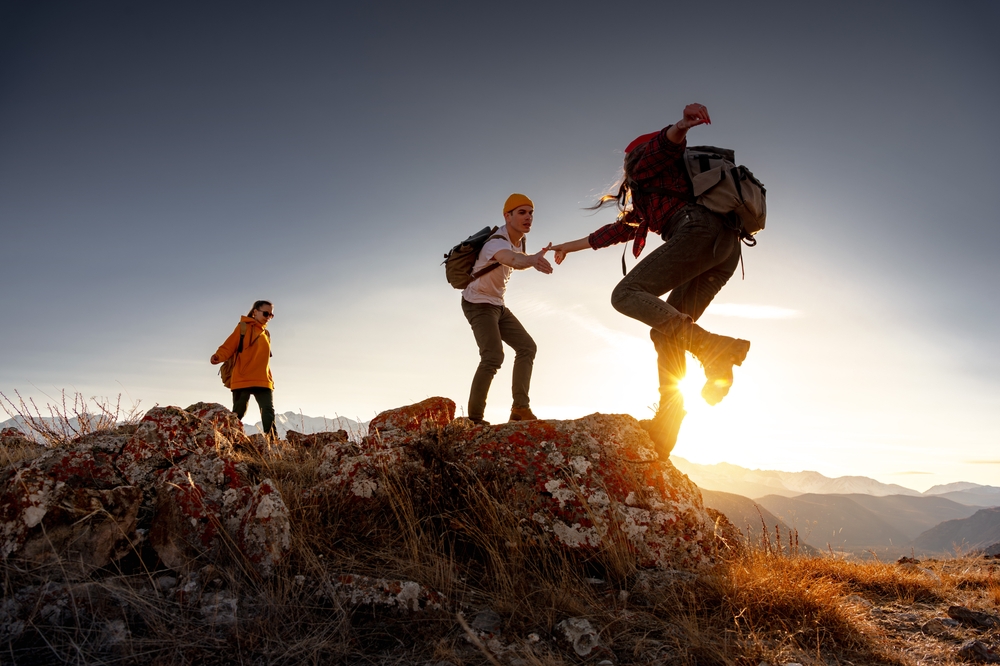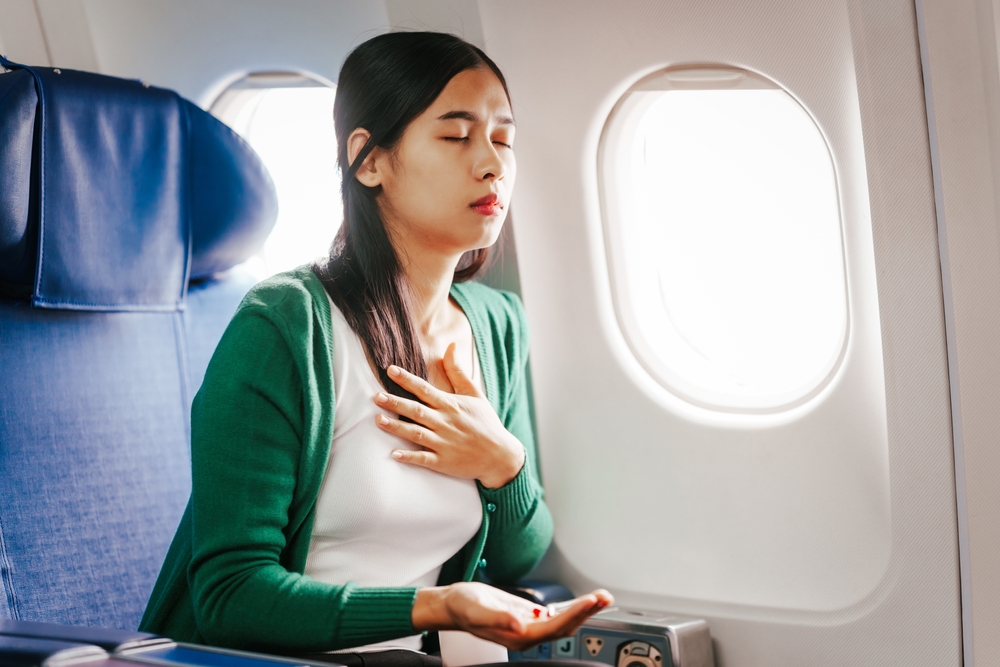Looking for some new destinations to add to your travel wish list? Here are 5 ‘high’ places that might pique your interest and set off your wanderlust for 2024.
We are sure that a lot of us are so ready to wrap up 2016 and turn over a fresh new chapter in just a few weeks’ time. Welcoming the first month of a new year is always exciting – new beginnings, new dreams and aspirations… but why not push the limit further and take yourself to completely new heights this coming year?
From climbing the tower of one of the world’s most wondrous castles to enjoying a breath-taking panorama from the seat of a helicopter, ZUJI Singapore has found five top experiences around the globe that encourage you to see the world from an entirely new perspective.
HIKE TO 100 WATERFALLS TREK, LAOS
Trek through small streams and rice paddies and arrive amazed at the bottoms of the 100 waterfalls in Nong Khiaw, a stone’s throw away from Luang Prabang. Each waterfall tumbles immediately into the next throughout the thick jungle along the steady 10km ascent. With lush greenery and only the sounds of trickling waterfalls in the background, your reward awaits as you reach the top for a sweeping view of the village below.
EXPLORE MACHU PICCHU, PERU
Hike the Incan Trail and immerse yourself in one of the New Seven Wonders of the World. Mixing the perfect blend of history, myth and culture, only 500 daily visitors are allowed in 2017, so make sure you don’t miss out! Want to avoid the selfie stick-wielding crowd? Why not add Sacred Valley to your itinerary; only an hour away from Machu Picchu, the belt of small villages is full of archeological gems and is set against the backdrop of mesmerizing mountain slopes.
TAKE A HELICOPTER RIDE IN GLACIER COUNTRY, NEW ZEALAND
There’s no better way to enjoy New Zealand’s magnificent beauty than by soaring across the skies. Fox Glacier is one of the few glaciers in the world which exists in such close proximity to both an ocean and a rainforest, offering a rare opportunity to experience a dynamic glacier without the need for arctic gear.
CLIMB UP THE BALCONY OF NEUSCHWANSTEIN CASTLE, BAVARIA, GERMANY
Enter a magical realm as you climb the towers of Neuschwanstein Castle, the landmark building rumoured to have inspired Walt Disney in creating the iconic Sleeping Beauty Castle. With a balcony overlooking another castle and separated by an idyllic lake, there’s no prettier place for you to learn medieval history and architecture as you journey inside the castle, or simply experience what it’s like to be royalty for a day!
RIDE A HOT AIR BALLOON IN SIAM REAP, CAMBODIA
Watch the sunset over the majestic Angkor Wat temples from 200 metres above ground. Cruise in a hot air balloon and enjoy the panoramic view of Siam Reap’s green countryside and picturesque rows of rice fields. While the ride lasts only ten minutes, the tranquil experience is enough to create a lasting memory for a lifetime.
Whether you’re an outdoor sports junkie or simply wish to take a quiet break a thousand feet above the ground, try embarking on one of these uplifting experiences. Not only will you get to cross off that bucket list, you’ll also kick start the new year with a refreshed sense of wonder and fulfillment, too.



